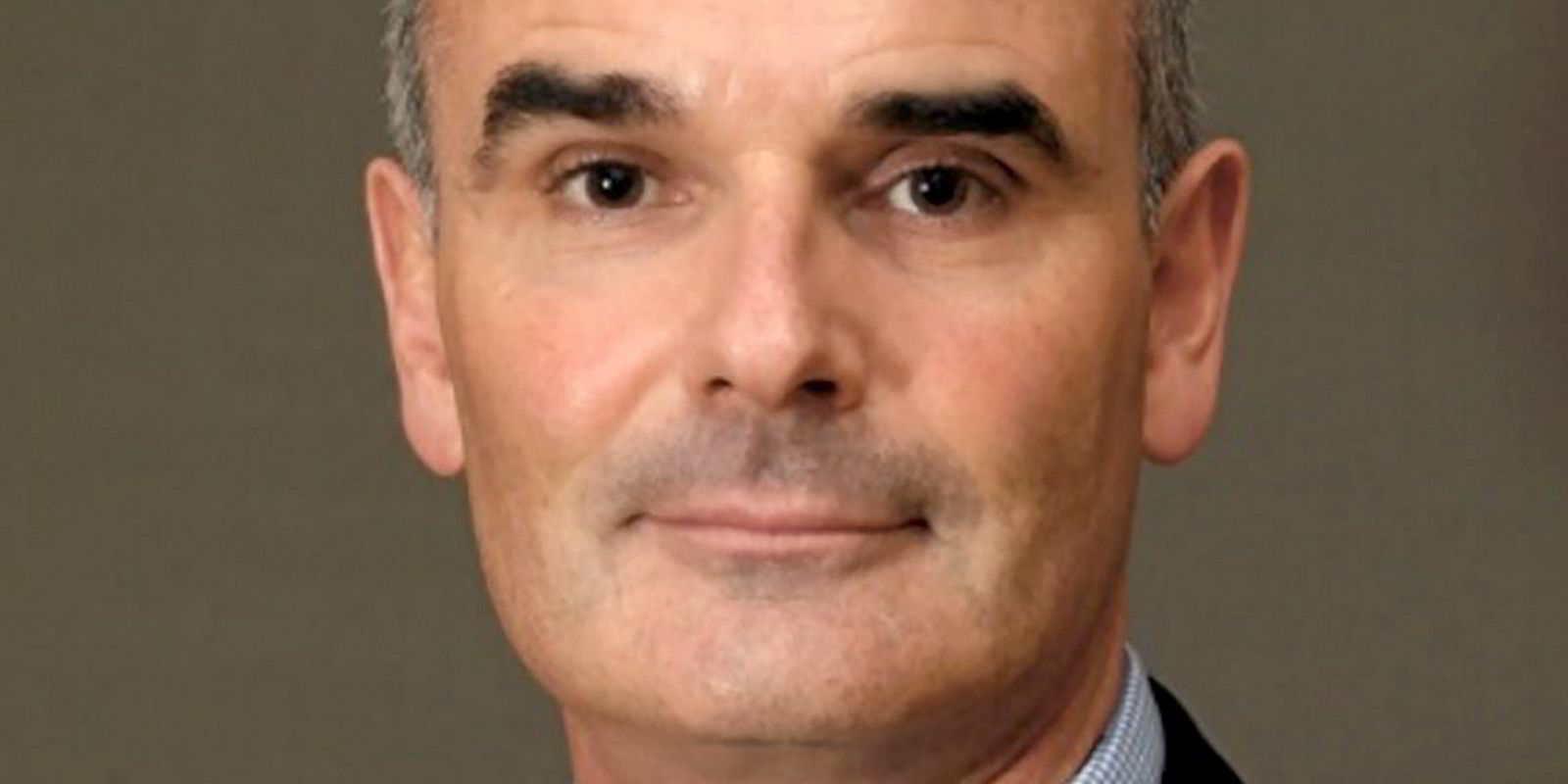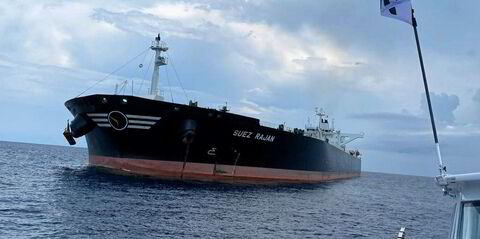Clarksons Research believes increasing demand in oil and gas markets means another 400 offshore support vessels will be needed in the two years to 2025.
But no shipowners are placing newbuilding orders, so utilisation rates for the existing fleet are likely to surge, the UK company believes.
Managing director Steve Gordon said OSV markets are improving and sentiment is positive, with demand up by a further 8% in 2022.
Clarksons’ own rate index is 30% higher year on year at 147 points.
“Our projections suggest an extra 400 boats will be needed globally over the next two years. Demand grew by about 200 last year,” Gordon added.
But only 50 new oil and gas vessels were delivered in 2022, due to legacy orders finally being completed after years of disastrous rates.
Newbuilding ordering will be limited in the coming years but “conversations” are starting, with some OSV projects now becoming realistic, Gordon believes.
Alternative fuels may be a feature of new orders, while battery retrofits remain a near-term focus, he said.
Macroeconomic concerns aside, offshore oil and gas vessel markets seem “well set” for further positive gains against a backdrop of supportive energy prices, improved demand and limitations in fleet supply, the Clarksons Research boss believes.
Vessel capacity
Subsea vessel markets remain tight. Global multipurpose support vessel (MPSV) utilisation rose to 83% in the third quarter of 2022, with the MPSV rate index up 35% over the year.
Following record profits in 2022, oil companies are generally seeking to reinvest in offshore oil and gas projects, although cost pressures continue to be felt, in both oil and gas, and wind, Gordon said.
About $103bn of offshore oil and gas capital expenditure commitment was approved last year, compared to $89bn in 2021. For 2023, Clarksons is projecting $107bn.
“Overall, offshore oil and gas markets are in their strongest position for nearly a decade while momentum in wind continues,” Gordon said.




